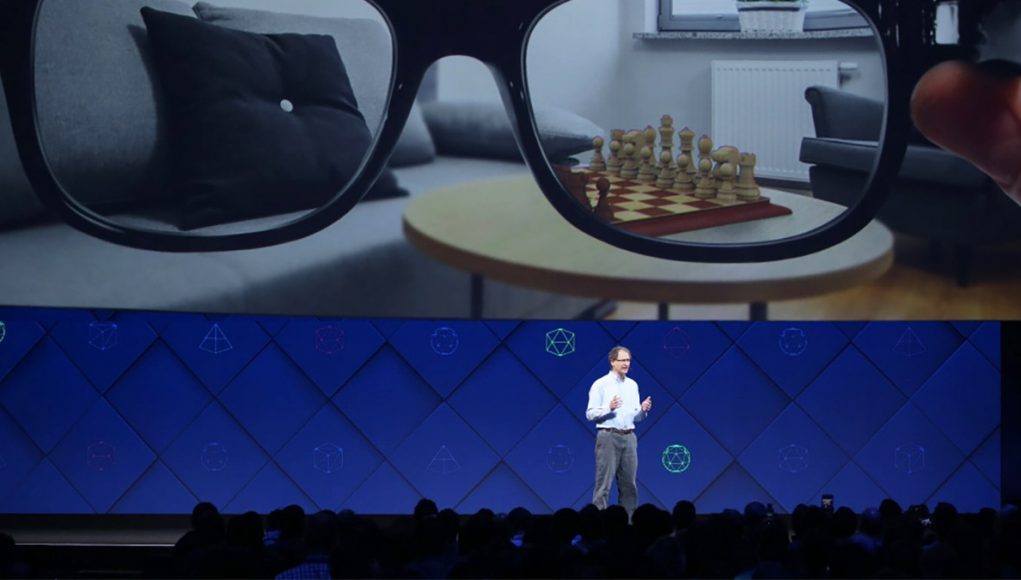Facebook is taking an important step towards releasing its first AR headset, as the company has signed an exclusivity agreement with UK-based AR display maker Plessey to supply the company with microLED displays.
“We have decided to work with Facebook to help achieve their vision of the next computing platform centred around people,” Plessey says in a press statement. “Under a new commercial agreement, our LED manufacturing operations will be dedicated to helping Facebook prototype and develop new technologies for potential use in the AR/VR space.”
A report by The Information alleges that Apple was interested in acquiring Plessey, citing two people familiar with the matter. Facebook’s choice to not pursue an outright acquisition however, instead opting for an exclusive licensing agreement, was reportedly to avoid what could have been “intense regulatory scrutiny,” The Information maintains, which would have allegedly slowed down the process.
The commercial agreement is said to supply Facebook with AR displays over the course of several years.
Facebook most recently acquired Scape Technologies, a London-based startup specializing in building a computer vision-based positioning system that is to precisely determine the location of any camera device with more accuracy than GPS.
Plessey’s microLED displays are said to combine very high-density RGB pixel arrays with high-performance CMOS backplanes to produce what it calls “very high-brightness, low-power and high-frame-rate image sources” for AR and VR headsets.
Vuzix, a maker of smartglasses and AR headsets, entered into a similar agreement with Plessey last year, which at the time was said to simplify existing AR optical systems of red, green and blue light sources by replacing it with a single self-emitting display which has integrated micro-optical elements. At the time, Vuzix’s agreement was seeking to use Plessey’s displays to reduce size and weight of their headsets.







